“When I was a child my mother said to me, 'If you become a soldier, you'll be a general. If you become a monk, you'll be the pope.' Instead I became a painter and wound up as Picasso.”
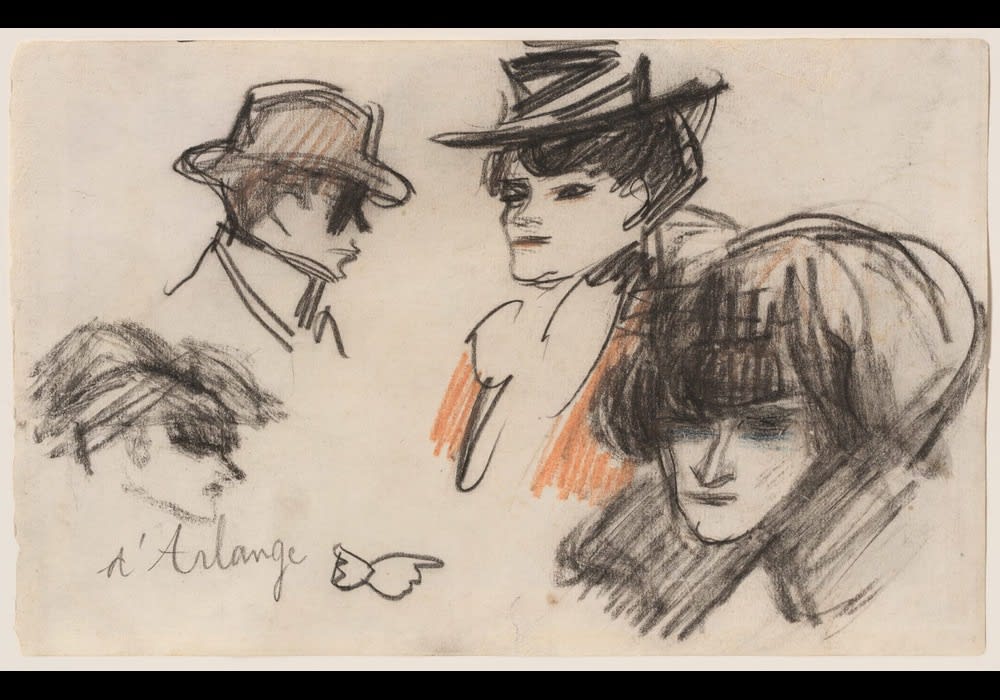
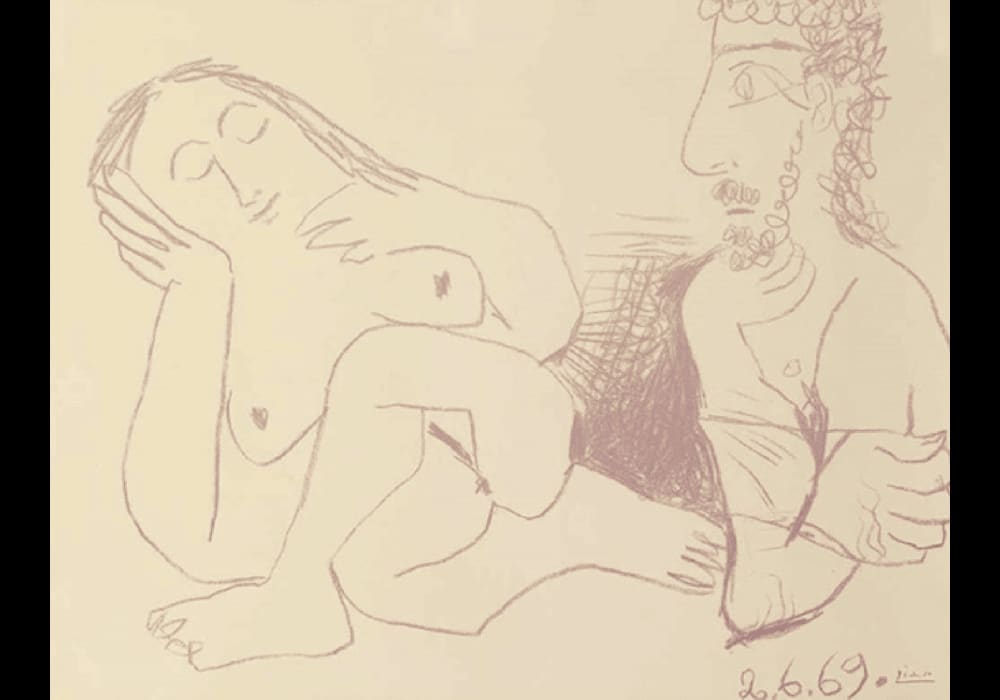
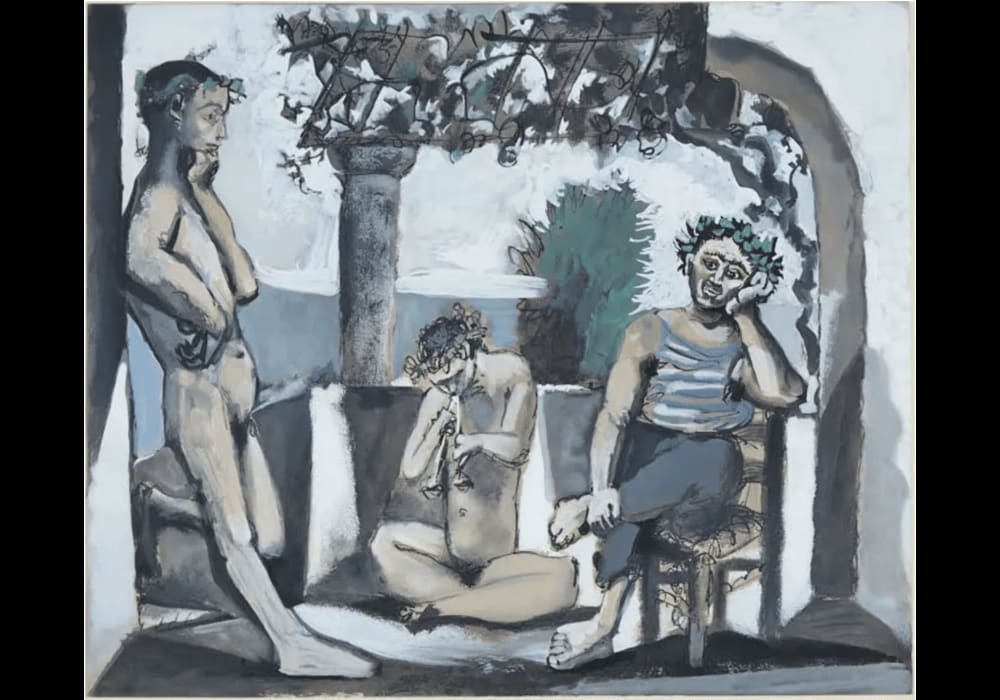
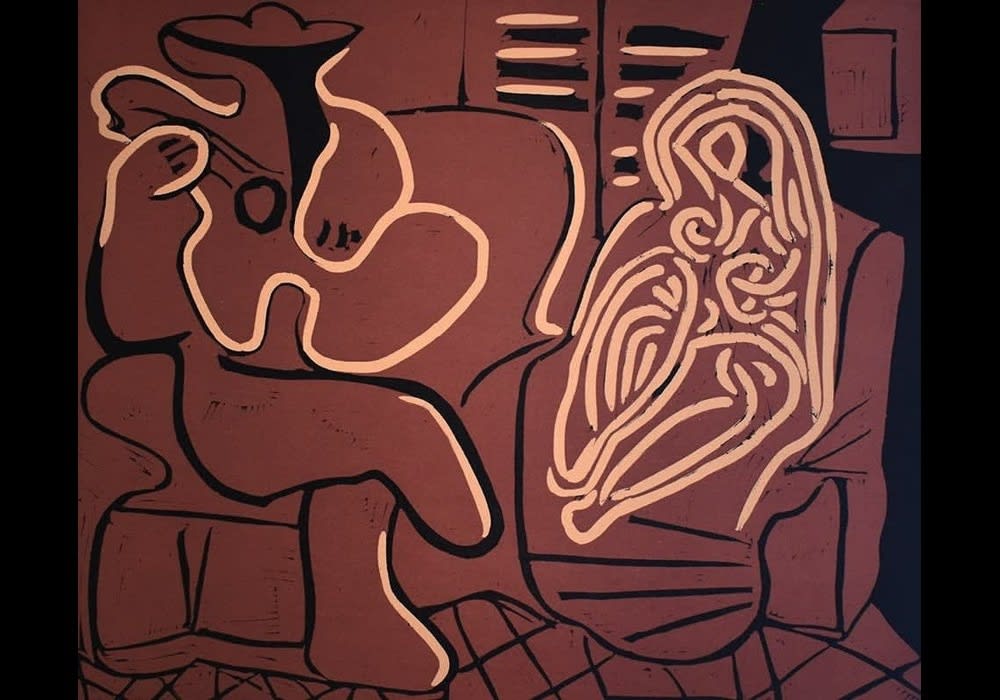
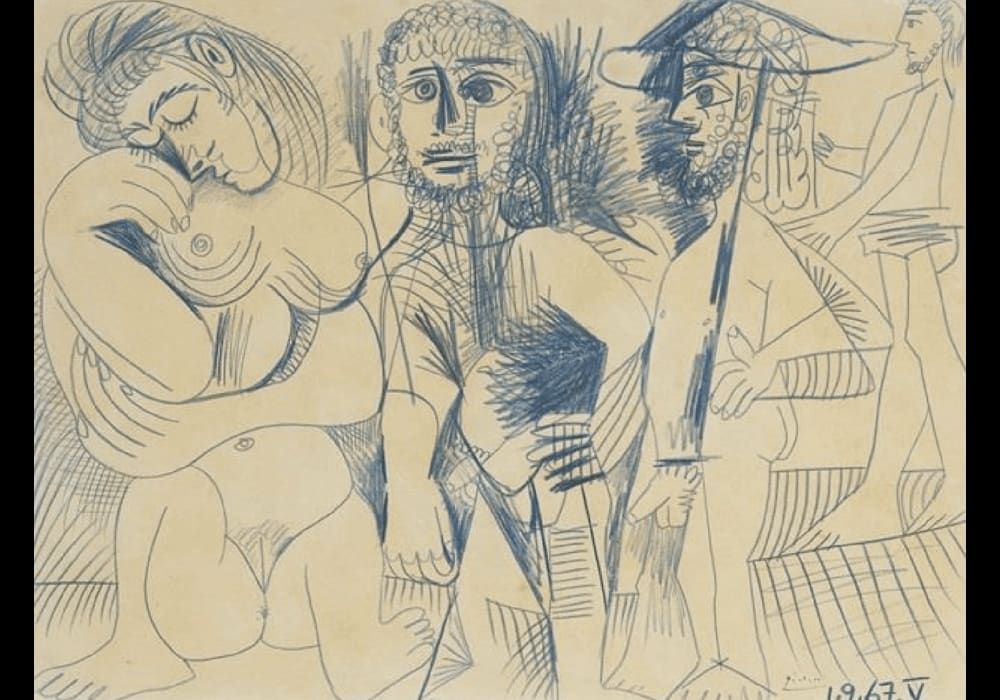
-
Futurism drew on his fractured Cubist forms to express speed and motion.
-
Dada and Surrealism adopted his use of found objects and unconscious symbolism.
-
Abstract Expressionists saw in his late works a model for gestural freedom and emotional depth.
-
Pop artists followed his lead in collapsing high and low culture, realism and abstraction.
-
Contemporary artists continue to grapple with his legacy—sometimes emulating, sometimes rebelling, but never ignoring.
